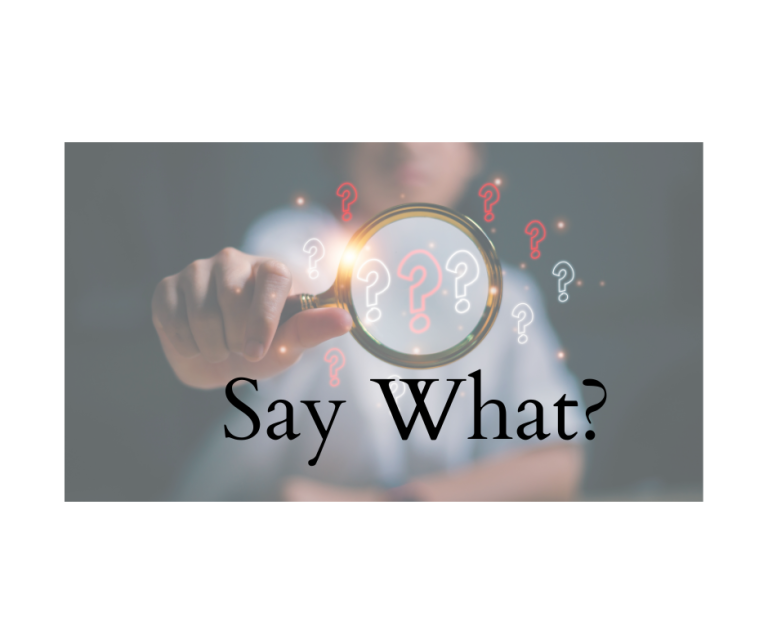Hyphenating Numbers and Colors
Hyphens. Probably the most misused bit of punctuation next to the semicolon. Writers hyphenate all over the place, and then leave those pesky things out when they really should use them. So we’re going over a bunch of these hyphenation rules for a few weeks, and today we’re looking at numbers and colors.
The same hyphenation rule that applies to compound modifiers and the various parts of speech also applies to various categories of words, such as time, color, numbers, and age. Hyphenate the compound when it appears before the noun; no hyphen following the noun.
- Age: “a three-year-old girl,” but “she was three years old”
- Colors: “a blue-green plate,” but “the dish was blue green”
- Numbers: “He was twenty-five,” but “my grandfather lived to one hundred five”
A number paired with a noun will be hyphenated before the noun it modifies, but open after.
- “a first-year student,” but “this student is in his first year”
- “a 917-page volume,” but “a volume with 917 pages”
Note the use of two hyphens when a range or interval is indicated:
- It would be a ten- to thirty-minute wait for a seat, the hostess advised.
Ten and thirty both modify wait; there is no need to write “ten-minute to thirty-minute wait,” but it is necessary to connect the phrase with the first hyphen to show that these elements are equal and belong together.
Ordinal numbers follow the hyphen-before, open-after rule.
- “First floor,” but “first-floor apartment”
- “Third place,” but “third-place ribbon”
- “Thirty-third row,” but “thirty-third-row seats”
And pairing up an ordinal number and superlative follows the same rule.
- “First place,” but “first-place finish”
- “Second-to-last place,” but “finished second to last”
And then there are fractions. When the fraction is used as a noun, leave it open; when it is an adjective, hyphenate it.
- “Half hour,” but “half-hour lesson”
- “Quarter mile,” but “a quarter-mile run”
Fractions, such as one-half, two-thirds, and three-quarters, are hyphenated.
I hope you had a front-row lesson for this ten-minute discussion.








Ugh, the dreaded hyphen. I keep using editing software to catch my hyphen derp, but I don’t know how confident I am at catching it on my own.
Thank you for the reminder on this one, I have to make sure I get better at this.
I learned a lot about hyphens in your post. Thank you.
Great post! Hyphens are extremely misused and even the dictionaries can’t agree. Plus, being in the UK, I think we have slightly different rules. There are certain rules which you have mentioned which I am not sure we use in the UK, so I’m off to investigate!
Thanks for this very helpful information! I don’t understand your example regarding hyphen use when referring to ages. “He was twenty-five,” but “my grandfather lived to one hundred five”
I understand your rule: “Hyphenate the compound when it appears before the noun; no hyphen following the noun.” In your example, though, I don’t see the noun. I’d say both examples are implying years. If so, why is one hyphenated and the other not?
Thanks for your help!
The number example isn’t showing hyphenation before a noun but just what the hyphenation rule is in cases like that.
As far as I understand we always use a hyphen with numbers from 21 to 99 regardless of their position in the sentence. But there’s no hyphen rule for numbers more than 100.
Yes, that’s right. You’d write seventy-five or one hundred seventy-five. Though, in dialogue, you can use numerals (style decision). And numbers 101 and above (except numbers like one hundred fifty or two hundred) should use numerals. “There were 236 people in the room.” You wouldn’t spell out that number.